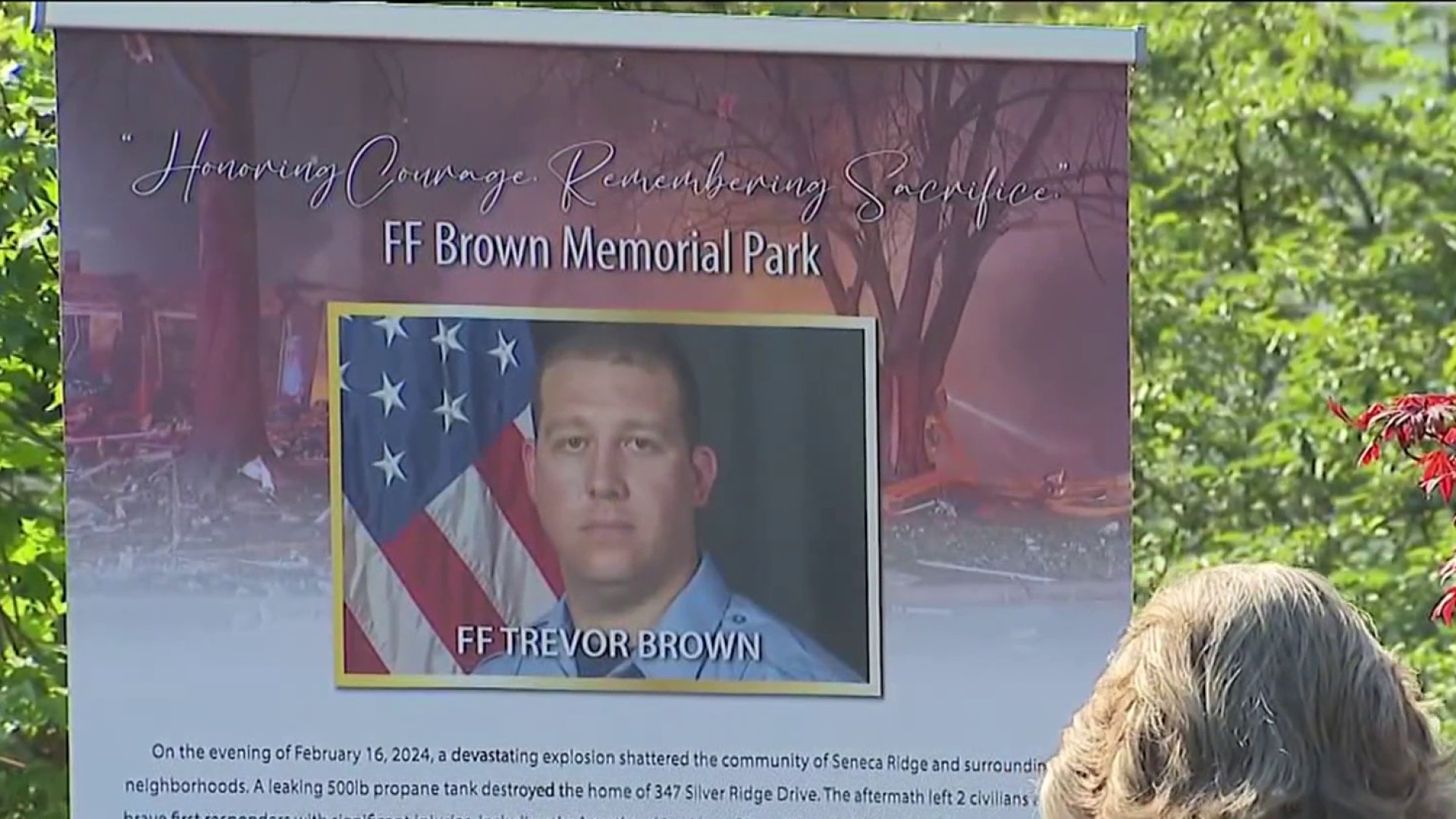Days after flash flooding turned some D.C. and Montgomery County streets into small rivers and walking trails into ponds, leaders are addressing their plans to mitigate the issues.
Torrential rain packed a heavy punch for many throughout the region, with cars stuck in water and first responders rescuing drivers caught up in flooded roads.
“In the last 60 days, we’ve seen the most flood watches issued over a two month span in the program's history,” Montgomery County Executive Marc Elrich said. “These records go back 20 years, over that same span, we received up to 15 inches of rain, which is five to seven inches above normal.”
Elrich emphasized the importance of creating a plan.
“There’s a direct correlation between our impact on this planet and the overall increase in extreme weather,” he said. “We've seen it here locally and around the world, we’ve seen it with more intense rain storms leading to the increased risk of flooding.”
A part of the action plan includes establishing flood safety measures.
The county has installed solar powered flood sensors strategically located in 35 flood-prone areas to monitor rising water levels in real time.
The county has implemented its first mesonet weather station to collect data on wind, temperature, humidity and precipitation.
Leaders are also working to provide residents with the ability to check out federally-designated flood zones within the county.
“We need to adapt our infrastructure, our systems and our own thinking and actions so that we are better prepared for flooding,” said Sarah Koger Smucker, Montgomery County’s climate change officer.
She said there is a link between climate change and flooding.
“As there’s more greenhouse gas emissions, climate change pollution trapping heat in the atmosphere, the planet is warming, and that warming causes evaporation of water and that means there’s more moisture in the air,” she said. “[…] and that means when there’s a storm event, there’s more water to be swept up, and so we see more frequent flooding and more extreme flooding, especially that really intense precipitation.”
Koger Smucker said the county has already created and is working to implement a climate change action plan.
Here's a couple of focuses:
Repairing and enhancing stormwater conveyance systems
Adding additional flood rescue resources
Update floodplain maps
Establish a study to examine the risks of county buildings flooding and finding solutions
County leaders said these steps are a few ways to be better equipped and prepared for future storm events.
“There’s 86 actions in the plan,” Koger Smucker said. “And many of them are about how we can stop our climate change pollution and do our part and be a local leader to stop contributing to the pollution that’s causing climate change.”











 English (US) ·
English (US) ·